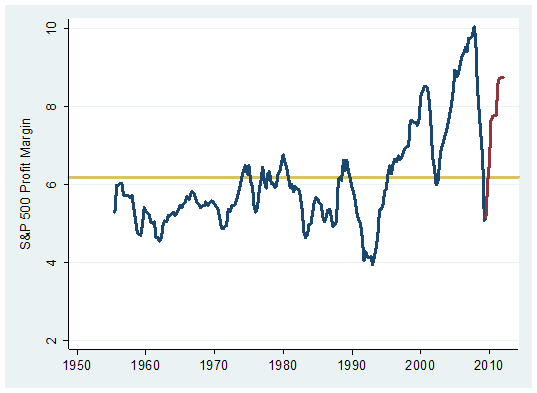He writes: "The dark blue line in the figure below shows the company's production each year since 1999. Four years ago, Stuart Staniford noted that ExxonMobil's 2001 annual report predicted 3% annual growth in production between 2001 and 2007. That projection appears as the red line in the graph below; didn't quite come out as planned. Stuart's theory was that the company correctly predicted the contribution of its new discoveries, but underestimated the declining production rates from mature fields.
ExxonMobil again predicted in 2006 that it could achieve 3% annual growth over 2006-2011. I've shown that forecast as the lighter blue line in the figure. We still have two more years to make that one right, I suppose."




